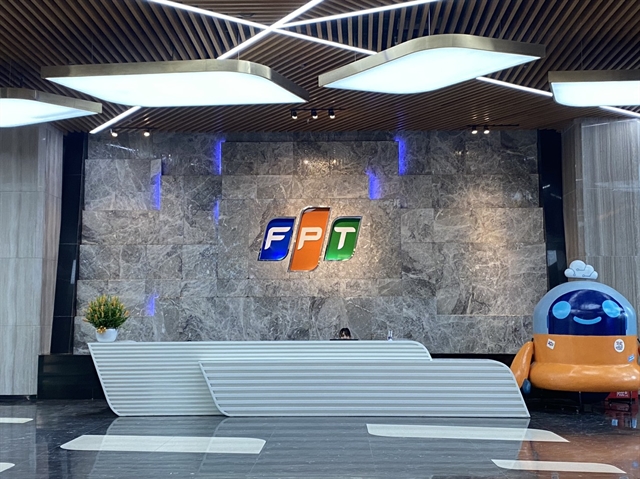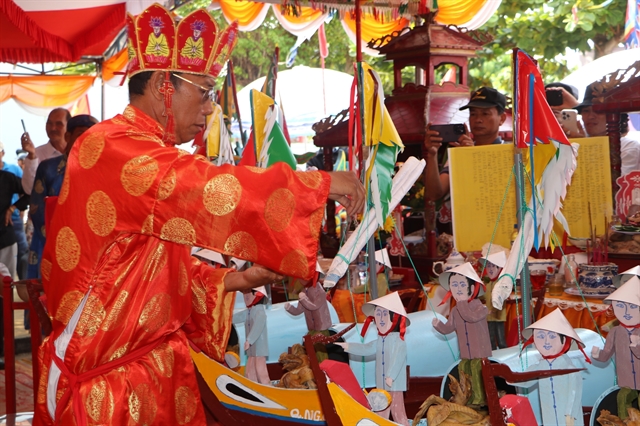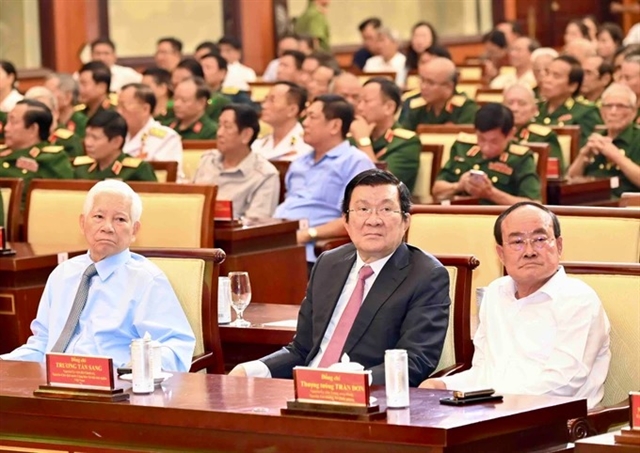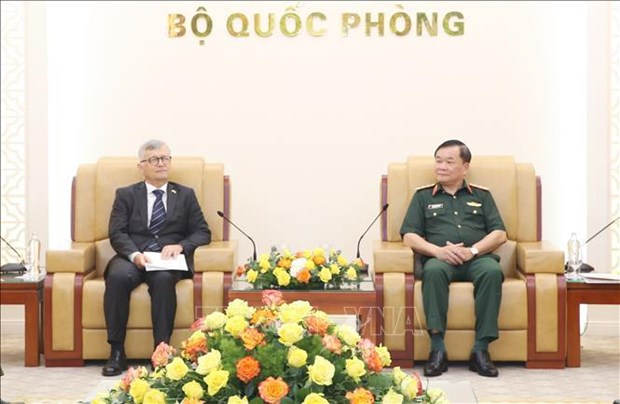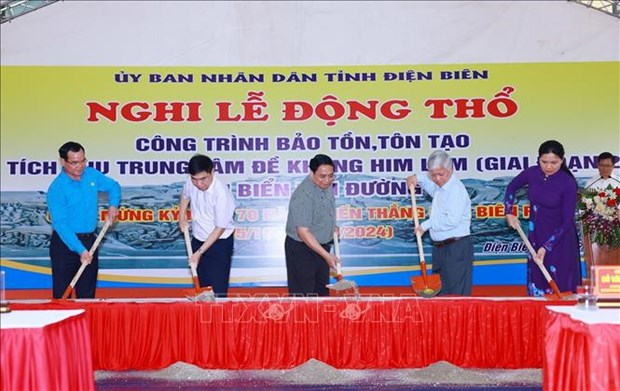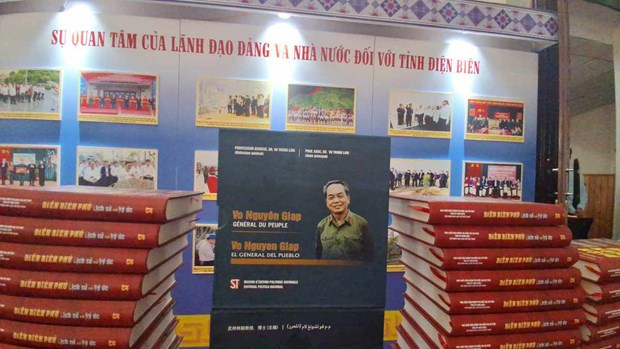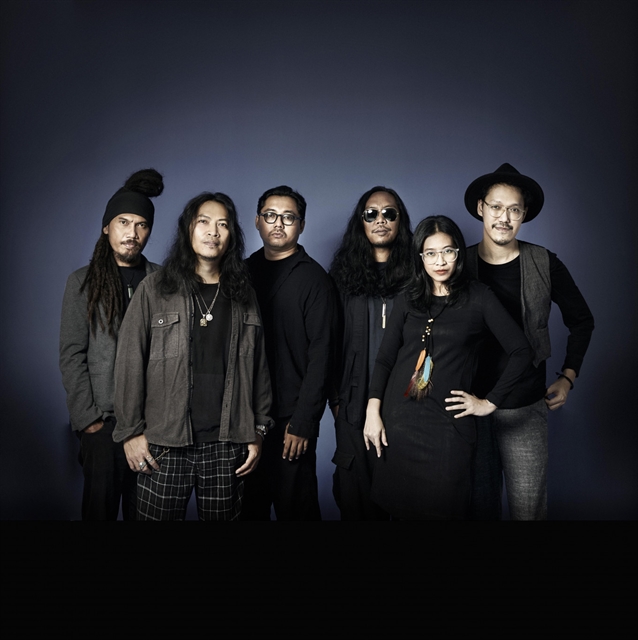 Life & Style
Life & Style
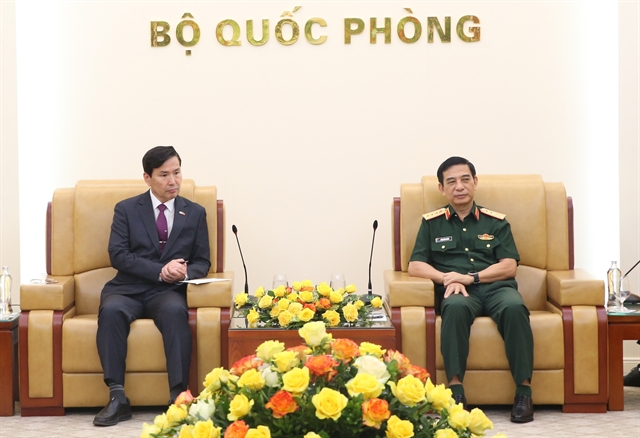
Bùi Tuyết Minh, who has more than 10 years of experience working in education, as well as a Masters degree in Dance/Movement Therapy, now pioneers integrating dance/movement therapy to creative education for personal and social development in Việt Nam.
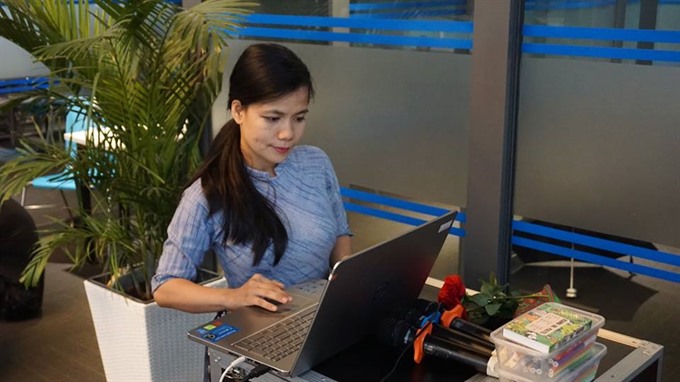 |
| Bùi Tuyết Minh works at her office. |
Bùi Tuyết Minh, who has more than 10 years of experience working in education, as well as a master’s degree in Dance/Movement Therapy, now pioneers integrating dance/movement therapy to creative education for personal and social development in Việt Nam.
She recently participated in a workshop hosted by the American Dance Therapy Association in the US. She chats with Việt Nam News:
How did you begin working with dance/movement therapy?
- Well, it came to me by chance in my process of self-exploration and awareness. When languages do not expose all that I want to express and feel, I have turned to body movement language.
I assume that I am a searcher. Before learning dance/movement therapy, I had a 12-year-working experience in healthcare, social-culture and education for various international organisations.
As an expert in using the arts in development, I think dance is a basic foundation for all forms of art. In dance we can find drama, music, painting and imagination.
Using body language to interact can express deep and delicate feelings to reach connections, harmony and stronger and more realistic understandings.
With the outlook of a searcher, curiosity and passion have helped me to overcome limitations to find a truth: dance/movement therapy is a dialogue that helps people to express themselves and be treated.
What have you learnt about dance/movement therapy in the US? Have you had any meaningful working experiences there?
- I received a Fullbright scholarship to take a master course on dance/movement therapy at Sarah Lawrence College in New York between 2013 and 2015. During that time, I had the chance to practise at schools and education centres.
Last year, I had more than 1,000 hours working with elderly people who suffered from Alzheimer’s at Menorah Hospital and Nursing Home, New York, and working with children with autism in Heartsong School, in the same city.
The most realistic skill I learnt there was applying relaxation techniques, listening to people, self-balancing, loving and self-caring in the most severe periods.
What do you think about the demand for using dance/movement therapy in daily life in Việt Nam?
- The images of early historic people dancing, that is carved on the face of the ancient Đông Sơn bronze drums, show that dance/movement has been a means of communicating and a tool for dialogue among people, communities and the universe for thousands of years.
The medium of dance in the mother goddess worship ceremony of the Vietnamese people has confirmed that the value of dancing, as one of the most ancient ways to express deep wishes and heal spiritual wounds.
Now, modern notions of dance and movement therapy have spread in Việt Nam to remind us of living values and living wisdom, which have been somewhat distorted by the process of industrialisation and modernisation.
According to the World Health Organisation, some 30 per cent of the Vietnamese people have mental disorders. Yet the real number might be much higher, if surveys are conducted in larger areas.
Mental disorders have not been properly cared for in Việt Nam.
People in need have mostly been treated with pills. Many people working as psychological experts do not have working licences.
People graduate from psychology faculties at colleges call themselves psychological therapists. Yoga or taichi experts can be called yoga therapists or taichi therapists.
Besides, the culture of the Vietnamese people, in which a person should live for the community, has also affected the majority of the Vietnamese people in “therapy”.
People tend to hide their inner mental wounds, seeking advice from family members or trying to be comforted with drink or entertainment.
Thus, dance/movement has appeared at the right time to help people balance their body development, feelings, wisdom and spirit.
How have you spread information about dance therapy in the local community?
- Dance/movement therapy is an old, yet new concept in Việt Nam. Though people eagerly welcome and appreciate it, DMT has not yet found enough collective interest to be grounded in society. With no existing companion supervisors, classmates or professors in this field in Việt Nam, I am alone, travelling to seed the new ideas of DMT for diverse populations.
As soon as I returned to my homeland in July 2015, I began reaching out to ethnic Mông children in mountainous areas, to children with autism and special needs, to the LGBT community, to youth, to professionals and psychotherapists, as well as some NGOs.
Our Vietnamese DMT (VDMT) group now has three active members (an art based educator with a psychology background, a psychotherapist and myself), along with 15 volunteers.
There are about 100 innovative DMT workshops, training courses, and projects utilising body-movement for healing, empowering self-expression and inner leadership with individuals, families and groups. In March next year, our six-month project, “Dance/Movement Therapy Approach to Children with Special Needs”, will begin using a small Fulbright Alumni grant from the US mission in Việt Nam.
VDMT is still in its infancy in its work in Việt Nam.
We have a goal for VDMT to be recognised and officially become part of the Việt Nam Mental Health Services. We expect to enrich the lives of more and more people and to enrich DMT with Việt Nam’s traditional dances and culture.
We are also looking forward to beginning more projects to integrate DMT in education for intervention and personal development. — VNS

